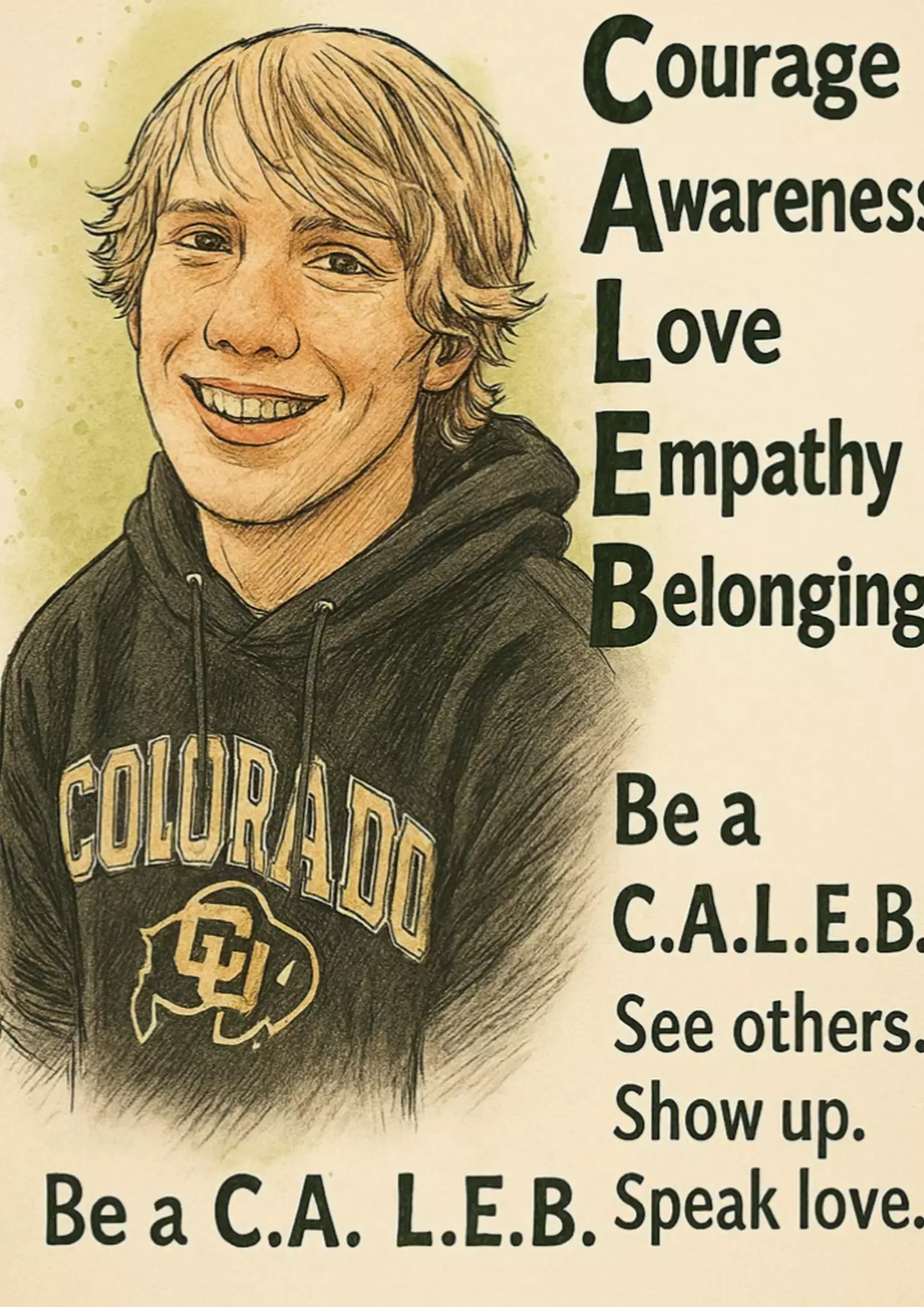Please note: This article contains discussion of suicide which might be distressing for some readers.
Authorities have explained the crime of ‘sextortion’ and how to identify it, as the alert comes just weeks before a teenage boy lost his life after engaging with an online ‘girl’.
Caleb Moore, a 14-year-old from Kansas, was discovered at his home on June 10, and unfortunately, first responders were unable to revive him.
Following his death, police shared messages with Caleb’s family from his phone, revealing that he had been chatting online with someone he believed to be a 14-year-old girl.
This ‘girl’ reportedly sent Caleb explicit photos of herself and requested similar pictures from him in return.
Although Caleb complied, the situation escalated when the ‘girl’ allegedly threatened him, demanding a significant sum of money to prevent his images from being exposed.
“[Police] showed me the progression,” Caleb’s mother, Morgan, recounted. “It had stolen my boy’s happiness and hope in a 35-minute span.
“They made him feel like his life was over as he had made this mistake,” she continued.

Earlier this year, the UK’s National Crime Agency (NCA) issued an ‘urgent warning’ concerning ‘sextortion’ schemes. This came after reports of global sextortion to the US National Center for Missing & Exploited Children more than doubled in 2023, jumping from 10,731 to 26,718 cases.
The NCA described this extortion as a type of online blackmail where individuals are coerced into fulfilling financial demands under the threat of their nude or semi-nude images being released.
These images may have been taken by the victim or could be fabricated by the blackmailer.
The NCA outlines how sextortion against young people typically unfolds:
Instead of sending photos themselves, victims might be told their images have been hacked, even if this isn’t true.
This false claim is then used to extort money or another financial demand, with the threat of the images being made public.

James Babbage, Director General for Threats at the National Crime Agency, labeled sextortion as a ‘callous’ crime, urging educators and parents to be aware.
“Sextortion causes immense stress and anguish, and tragically, both adults and young people have taken their own lives because of it,” Babbage stated.
“Many victims feel responsible, but we need them to know that this is absolutely not their fault; you are not to blame, and support is available. With this alert, we aim to raise awareness and encourage young people to report incidents to a trusted adult, the police, or the CEOP Safety Centre.”
The NCA advises parents of children potentially victimized by extortion to block the contact while preserving any evidence like messages or phone numbers.
Victims are also urged to report this crime to law enforcement.

Morgan expressed her hope that Caleb’s death would carry as much significance as his life did, which was substantial.
“He is very, very missed and very loved,” she commented.
She hopes that Caleb’s experience will prompt other children to seek help if they feel at risk online, stating: “Caleb was well-liked, really funny and goofy, often making people laugh.
“He was mild-mannered, got along with everyone, loved sports, and played football, basketball, and was quite good at wrestling.
“I can’t stress enough to children the importance of telling someone—your parents or another trusted adult. Just tell someone because they make it seem like they have more power than they actually do.”
A GoFundMe page has been established to support Caleb’s family, and donations can be made here.
If you or someone you know is struggling or in crisis, support is available through Mental Health America. You can call or text 988 to reach a 24-hour crisis center or use the webchat at 988lifeline.org. Additionally, the Crisis Text Line is accessible by texting MHA to 741741.

